A brief history of my cameras
I am not one for writing product reviews as the Internet is littered with good reviews, from the tech head perspectives to the real world usability perspectives.
However, I am sort of an awkward mix when it comes to why I do photography. I love both the art of photography and the idea of fixing a moment in time to be cherished and remembered for ever, as well as the technical aspects of the camera system itself. I do not really need a Canon EOS 1Ds Mark III to take great photos. Before that I had a Canon EOS 1D Mark II (which was a great camera), with that the Canon EOS 350D, and before that the FijiFilm FinePix S602 Zoom, and started with the FujiFilm FinePix 2400 Zoom.
In order to put things into perspective, I want to talk about why one would want a Canon 1Ds3 rather than a FinePix 2400Zoom, and whether something in the middle is good enough. However this is where things get a little bit hairy. How do you define "good enough". Fortunately this is not the subject of this review. For purposes of this discussion, my definition of good enough will be used and I will explain what it entails later.
But first some concepts. There are a couple of major factors determining the desirable aspects one would seek in a camera. Many of them are personal choices, but I believe the following are universally accepted as important:
Sensor Image quality
This for me is most probably my biggest concern. A camera should deliver quality that can stand up to intense scrutiny. This scrutiny should obviously be based on what the desired target medium would be. If all you do is shoot for the web, then image quality - though still important - is not as important as some of the other factors. I am willing to say that for the web, any $200 camera can produce great results. However when you intend to print your photos on a good printer, you better consider a camera that has large photo sites and good dynamic range with a high resolution.Resolution
The infamous megapixel war... Where more is considered always better. At least 12MP is necessary to get great prints up to A3 - though I can see a visible superiority when printing a 21MP image that size. However I doubt a 60MP camera will print better at A3 due to resolution alone - maybe on dynamic range and noise performance but not on sheer resolution. For the web, any modern digital camera has enough reosolution (8MP+) for all demands. However it is important to understand that resolution does not equal image quality. It is an attribute of final mage quality only when printing - not when using it on the web as images on the web are almost never upsized, however when printed they almost always are, especially at A3+ sizes. I believe that for all practical purposes, for non professional use we have reached the limit of what is needed to producing up to 17" x 22" prints - at 21 MP.Low light performance
This is one of the emerging highly desirable qualities of a modern digital camera. The problem with packing lots of pixels on a certain sized sensor, is that due to the laws of physics, in order to increase the amount if photo sites (pixels) in any given sensor size, they have to be made smaller. Technically we can make pixels at a sub micron level - meaning 100MP+ cameras. However this would be senseless as each photo site would not be able to capture enough photons to produce acceptable image quality. The sweet spot currently seem to favour 8μm sensor sites as can be found in the D3. This allows for acceptable image quality right up to about ISO 6400, after which the image starts to degrade to unacceptable levels for any kind of critical work. High resolution full frame cameras have a pixel pitch of just above 6μm, which produces acceptable results up to ISO 1600. The determining factors for good low light quality are a combination of pixel pitch (which is directly linked to sensor size and resolution), sensor design (CCS or CMOS/micro lens design/back lighting/etc.) and software noise reduction algorithms. Once again, just having a camera that can do ISO 6400 does not make it good. It has to have a high SNR (signal to noise ratio) at that ISO to be considered good.Dynamic range
This is a very important aspect of image quality, very often overlooked by less informed amateurs. Dynamic range refers to the brightest and darkest areas that can be captured wile maintaining an acceptable signal to noise ratio. A good camera have a dynamic range of 10 stops or more, anything above 12 stops typically belongs to professional grade cameras. The higher the dynamic range, the larger contrast can be captured. Thinking of a daylight shot, this means keeping some detail in the shadow areas without blowing out the clouds.Signal to noise ratio
Another often overlooked attribute and sometimes hard to find unless you know where to look, the signal to noise ratio is a very good indicator how much actual information (signal) is captured and how much of it is noise. This is directly related to pixel pitch and ISO as the larger the photo site, the more signal (light) can be captured per pixel and the higher the ISO, the higher the noise.Size - i.e. portability
The size of the camera system is important for various reasons. However it is not always true that the smaller a camera is, the better. I am not talking about image quality due to smaller sensor sizes used, I am referring to handling issues. If a camera is too small it becomes hard to handle. Looking through an optical viewfinder vs. looking at an LCD panel for framing significantly alters your ability to capture photos. If a camera is too small, people with larger hands will have a very hard time holding the camera. If a camera is too large, people with smaller hands and weaker muscles will have a hard time working for long periods with it. There is a balance between size and portability. For me I am in two about this. If I go out on a photographic excursion and I am not traveling by air, I do not mind taking all my heavy duty gear. The 1Ds3 handles just fine for me - it is just right, not too heavy and not too light. Adding a 500 F4 lens to the camera and things are not that comfortable anymore. For that I will use my gimbal head on my large tripod. However when I want to travel light or by air due to the recent ridiculous policy changes crossing the US border, I prefer something lighter. There is also the concern of theft/damage if your equipment gets stolen. For traveling I prefer my recently acquired Panasonic Lumix DMC-GF1.Lens choices
Lens choice is obviously important as whether you shoot with a compact camera that has a fixed, built in lens or an SLR with interchangeable lenses, the focal range and speed of these lenses affect what you can use them for. I would say there are four aspects of lens choice that are important:Image quality
The optical characteristics of lenses are important. The less chromatic aberrations, the flatter the field of view and the higher the contrast and resolution the better. There are many other attributes that contributes to lens quality such as distortion, flare control, etc.Lens size
If a lens does not have adequate quality then I am not interested. Quality here is not so much related to size as it is to cost. Usually a bigger, modern camera will outperform a smaller camera (note - I say usually). However bigger lenses do not adhere to this phenomenon. The reason is simple - it is hard to make high quality, large lenses. The larger they are the harder it is to make them. Take the Leica lenses for its M9 body - these lenses are tiny in comparison to my Canon EF lenses, however they easily match or exceed some of those lenses. DSLR lenses are large simply because they have to be large due to the design of the camera body. A DSLR - be it a 35mm full frame or APS-C sized body - needs to have a lens large enough to cast an image circle covering that sensor's diagonal diameter; but from a distance. This is important as all DSLR's have a mirror used to direct an image of the subject in to the optical viewfinder. This mirror assembly forces the lens to be a certain distance form the sensor, necessitating a larger lens. The new Micro Four Thirds standard sees this mirror box removed, with much reduced lens to sensor distances allowing much smaller lenses. My 20mm F1.7 Lumix lens weighs 100g, my Canon 24mm F1.4 lens weighs five times this much. Sire it is half a stop faster but still - it is more than five times lighter.Focal lengths
This is important as it determines what you can photograph and what not. If you have a fixed lens (whether it is prime or zoom) you are stuck with that combination. If these focal lengths fall into the ranges you mostly find useful, then this is of no concern. For myself - I like to have choice. Which means I want interchangeable lenses. My widest lens is a 14mm F2.8 rectilinear lens, my longest lens the 500mm F4 IS lens. My highest magnification lens is a MP-E 65mm F2.8 lens. This is a great range not possible with fixed lenses. Even the most ridiculously large optical zoom capable cameras do not come close (24 - 720mm effective range). Yes it is longer than my 500mm (though with my 2x extender that becomes a 1000mm lens, or I could buy the 1200mm F5.6 lens and add a 2x extender for a 2400mm lens) but it will never go as wide as 14mm simply due to the inherent lens design problems. Also, these lenses tend to under perform greatly compared to prime lenses.Speed - both speed of auto focus and speed of burst rate capture
This is an entirely personal criteria - if you never do any action shooting then even a manual focus rangefinder like the M9 is perfect. However if you regularly take photos of birds in flight, active kids/pets etc., then you better ensure your camera's auto focus and rate at which it operates is fast enough.Ergonomics
Under this category I group all aspects not directly related to the photograph itself. This includes handling, weather proofing, battery life, ruggedness, user interface, etc. For many professional cameras it usually boils down to a choice between ergonomics and not any of the other criteria mentioned above. Some people will argue with me, but I believe that for any professional job whether you are using a Nikon system or Canon system, you can get the same shots and the same quality. It comes down to cost (i.e. which lenses you already own), and personal preference for the handling and usability of the cameras.In this category I put big emphasis on weather sealing, long battery life and an interface that allows me to control the important parameters such as your exposure controls, focusing etc. with the least amount of effort.
Cost
This is probably the biggest real world criteria for most people, otherwise we all would just buy the best top end camera we desire. But there is always a cost factor included. If cost was no concern I would own a Canon 1Ds3, Nikon D3s and a Leica M9 system. Since cost is an issue, I cannot afford all these. However cost does not affect your choice directly, as this just eliminates the range of cameras you can purchase - it does not define their capabilities.
Now that that has been said, on to my choices in cameras and how I feel about them. But first some background on my first cameras. As I mentioned earlier, my first digital camera was a 2MP FujiFilm FinePix 2400Zoom which cost R5000 ($700) in 2000. Here is a sample from my portfolio:
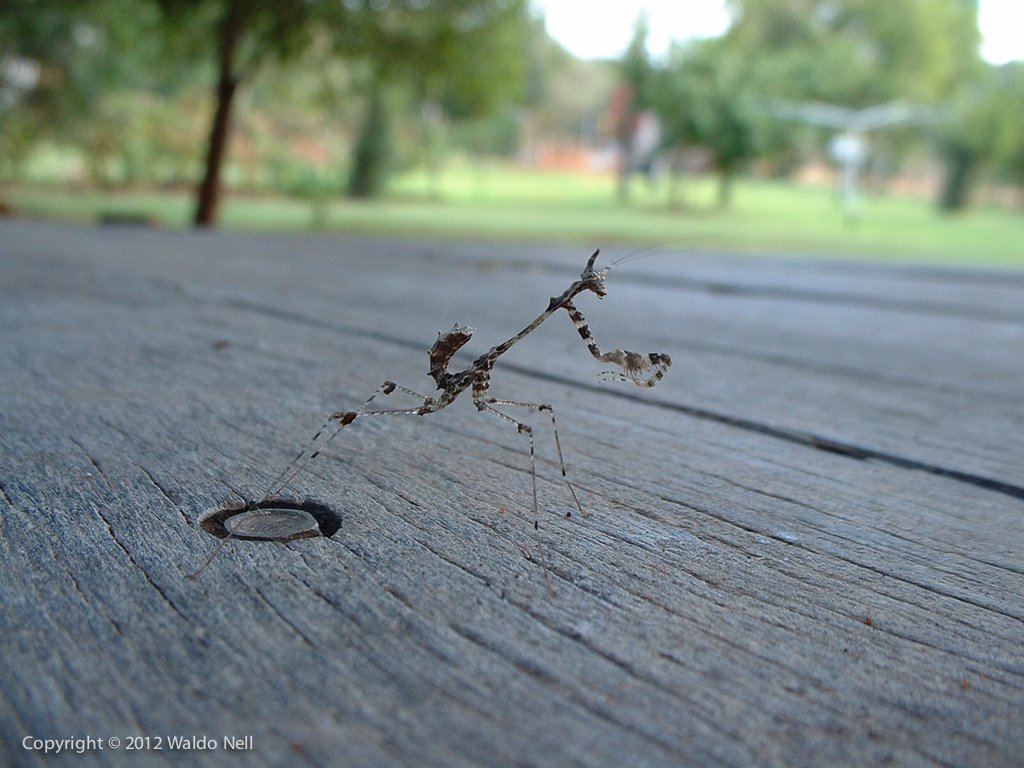
As you can see, the image has very limited resolution (original size is 1600 x 1200), the bokeh is not nice and the per pixel image quality is not good. However except for the bokeh it is hard to notice these things at web resolution. Which means, from a purely image quality perspective this photo is good enough for web presentation and small prints. You will not be printing this photo at A4 size and be impressed - there is simply too little resolution to print that large.
My next camera was a 6MP FujiFilm FinePix S602 Zoom, costing a whopping R10000 ($1300) in 2003. Technically it only had 3MP resolution, but they used a fancy SuperCCD III technology to interpolate the 3MP up to 6MP. Practical experience has shown that this camera is about equivalent to a 4MP native resolution camera. Here is a selection from my portfolio:
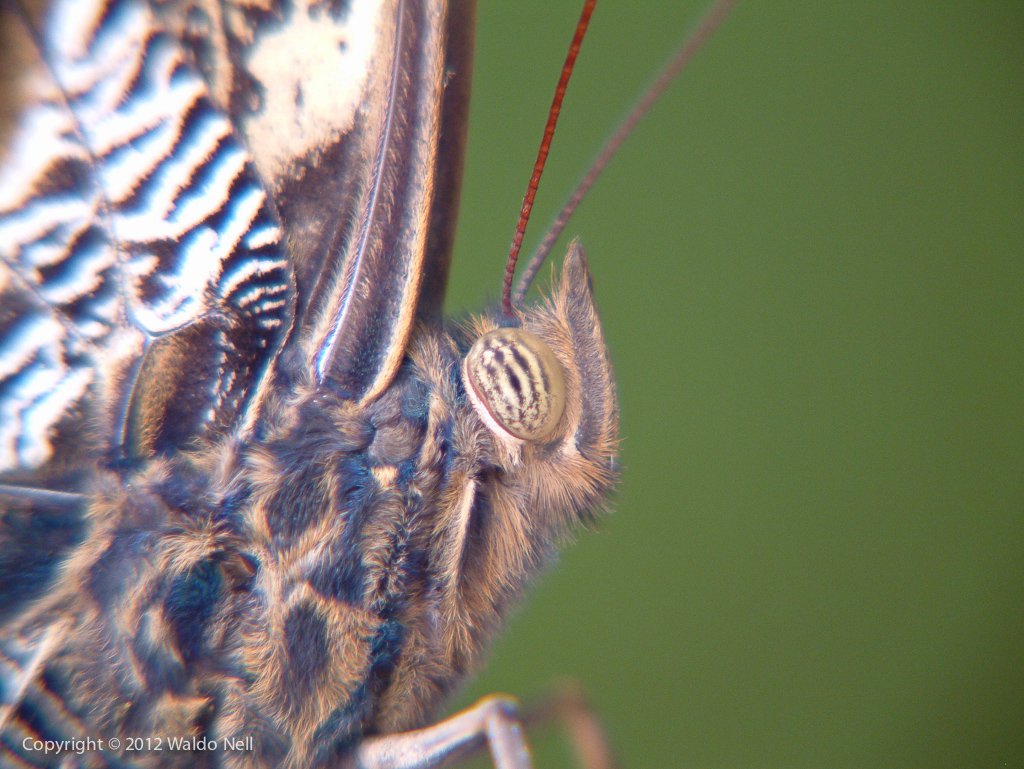
This image was not captured with the normal lens. I used a couple of screw in diopters to get this magnification. The problem with these diopter is that image quality suffers. The image quality right at the centre of the lens is very good, however as you move to the periphery distortion and aberrations take over. In the specific photo I think it strengthens the subject matter, but this is a rare exception. This camera had enough resolution for a nice A5 print, and for web display it was fine. It had a nice zoom range, was rather fast for its time and nice ergonomics (felt like a little DSLR). I liked this camera a lot.
Moving on, I made the huge jump from compact digital cameras to an 8.5MP Canon EOS 1D Mark II in 2004. This was my first SLR ever, and opened my eyes to what you can accomplish by having the freedom of a modular system. One cannot really compare it to the FujiFilm cameras as it is in a completely different league. The big reason? Probably because the S602Zoom had a 1/1.7" CCD and the 1D2 had a APS-H CMOS sensor. Compare the sizes of these two sensors below:
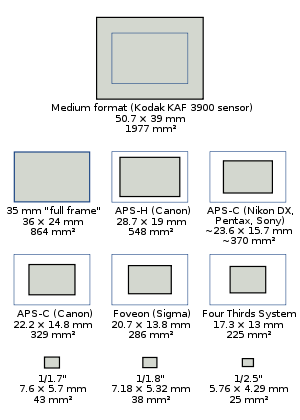
The ability of using interchangeable lenses made this an incredible experience. I quickly got L fever (any Canon enthusiast will know what that means) and replaced my initial lens collection only with Canon's elite lens line up. Of course I can not afford all their lenses - for instance the highly sought after 400 F2.8 lens costs upward of $8000. However, with time one can build up a very nice collection of lenses. Technically one does not need to buy all their lenses. It depends entirely on your needs. For instance, having a 24 - 105 F4 IS, 100 - 400mm F4.5 - F5.6 and a 17 - 40mm F4 lens will cover 90% of everything you could photograph. But the fun lies on getting a fast 85mm F1.2 lens, or a 100mm F2.8 macro etc. Enough about lenses - here is a photo:
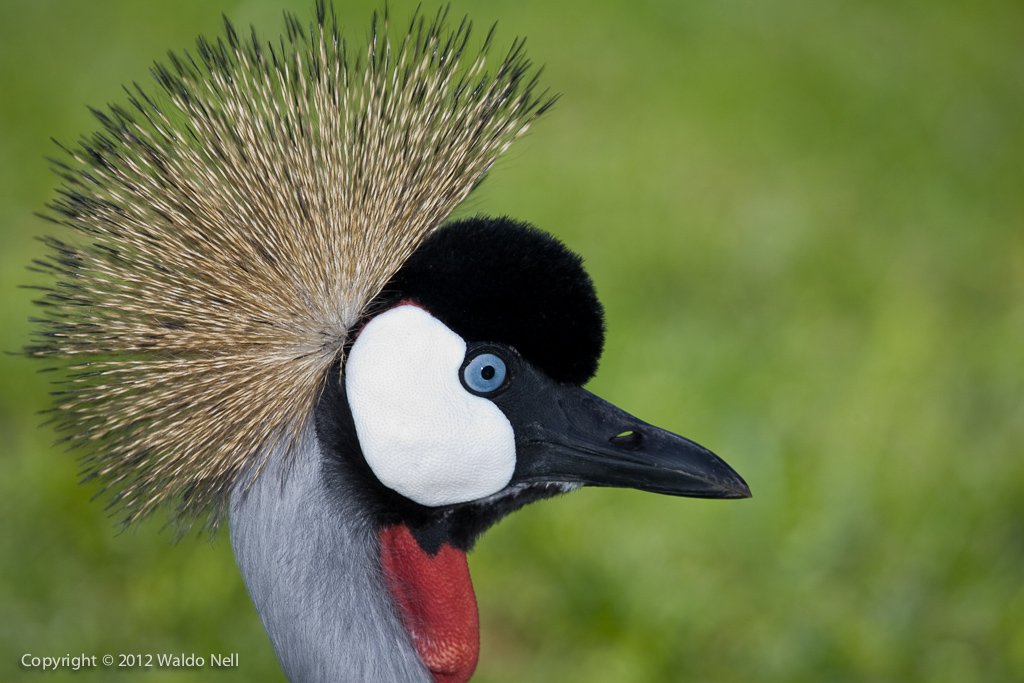
As you can see the bokeh is very smooth, dynamic range is huge and the per pixel image quality is awesome. At 8.5MP, this image prints fine up to 13" x 19". However there is no cropping room at this resolution and that print size. I used the Canon EF 100 - 400mm F3.5 - 5.6 IS lens for this shot.
During the time I had the 1D2 I also purchased an 8MP Canon EOS 350D to act as backup camera. This is an entry level DSLR using an APS-C sized CMOS sensor. The sensor is about 60% the size of the 1D2's APS-H sensor - so what effect does this have on image quality? Well, see for yourself:
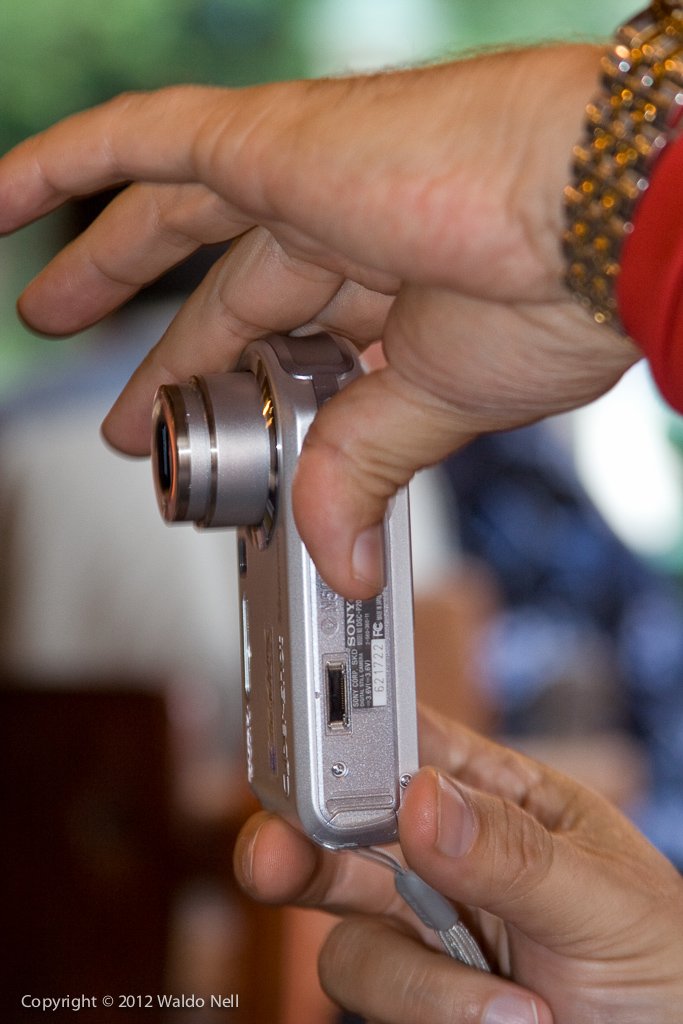
Not the best photo to judge image quality by, but it does show you that you can get good bokeh, and the resolution is a match to the 1D2. However, this is at base ISO. As I move up to ISO 800 and above the 350D cannot keep up and is at least 2 stops worse. So a 40% reduction in sensor size causes roughly a 2 stop drop in high ISO performance. Furthermore, the 350D's dynamic range is lacking the 1D2. The big difference apart from per pixel image quality and low light performance, is in the ergonomics and performance aspects of the 1D2. I can shoot 8.5 frames per second with the 1D2, but only 3 with the 350D. The shutter lag is much less on the 1D2 than on the 350D, meaning the chance of capturing a fleeting moment at exactly the right time is greatly increased with the 1D2.
During 2006 I wanted a small pocket camera to augment my larger setup. The problem with the 1D2 was that it was simply too big and expensive to always carry with you. I have missed many an opportunity to capture great moments simply due to not having my gear with me at the time. And this is the start of my great downfall, as finding a pocket camera satisfying someone's need who is used to a 1D2, is almost impossible. After many hours of research I decided on the 7.1MP Sony DSC-P200. This camera is better than the typical point and shoot compacts, is very small and very portable. Question is - how does the image quality hold up? Well, it is way better than the FujiFilm cameras. It does not come close to the DSLR's - even the 350D. It is very noisy at ISO 400 and higher. Is this a problem? Depends. What is your output media? It if is to print an A4 or larger photo - then no, this cameras is not good enough. If it is for the web? Then yes - see below. This was taken at ISO400.
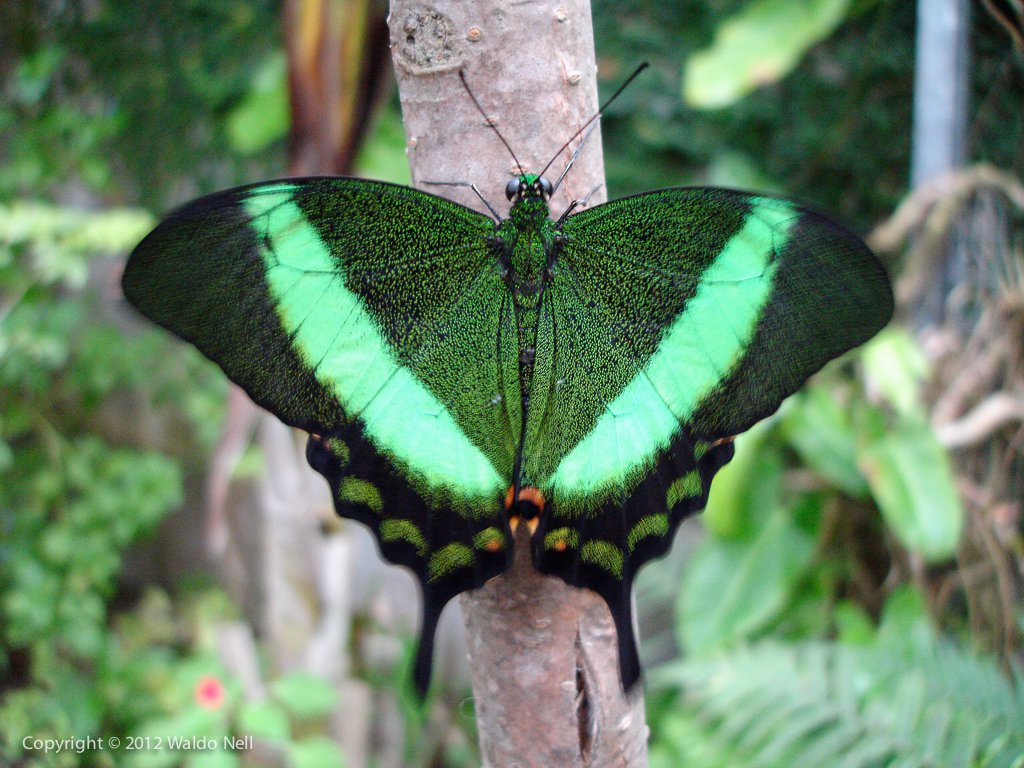
Due to this huge lack in image quality, and non existent high ISO capabilities (I used the camera considerably at evening excursions), I sold it. I also sold the 350D to my friend as I almost never used it and stopped doing wedding/portrait photography which was the main reason for me to have a backup camera. Part of the reason I sold the 350D is that is could not be used as a go-anywhere camera - it used the same lenses than my 1D2 so it was way too big.
It was a little bit before this happened in January 2008, when I got the ultimate camera - my new 21MP Canon EOS 1Ds Mark III. What can I say? Apart from being large - I do not have many issues with it. The image quality is the best I have ever seen from a camera; it simple blows everything else I had out of the water. It is definitely not perfect though. It has a couple of bugs not yet resolved (such as the inability to show strong saturated red colours on the LCD properly and a little bit too high error count on the auto focus drive under low light and fast moving subject tracking for a camera this expensive). With 21MP one can print 17" x 24" and have enough detail in a properly focused image to survive close scrutiny. Note that I say "properly focused" - this is important. One's shooting style needs to adjust when using a 21MP camera. To get the most from those many photo sites, it is crucial that the camera be kept absolutely still when taking photos. A small movement will cause more blur on these small (6.4μm) photo sites than a similar movement on a camera with less resolution on a similarly sized sensor. You can get away with handholding it provided there is enough light and that your shutter speed is fast enough. In my experience, I have to be at least at 1/2*fl to get acceptably sharp shots at 100%. I have many, many photos taken with this camera. Here is one:
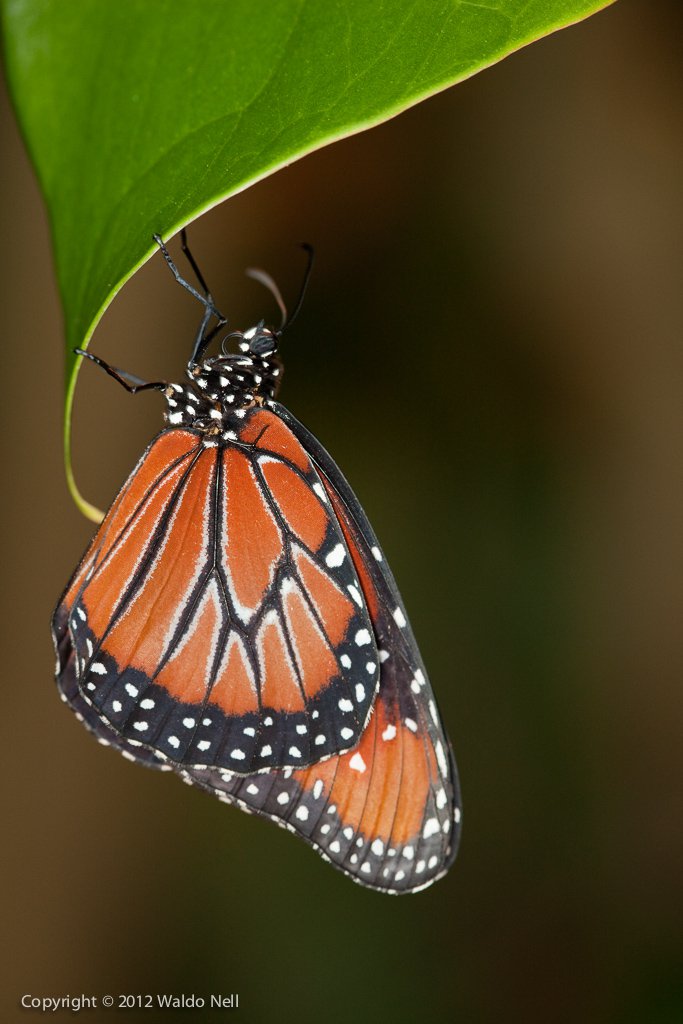
As you can see the bokeh is buttery smooth, the resolution incredible but the depth of field razor thin even at F5.6. The gear is large (I had a MR-14EX ring lite flash on my EF 100mm F2.8 Macro lens), but it is worth it.
What I like is that I can take a photo at an incredible 14mm:
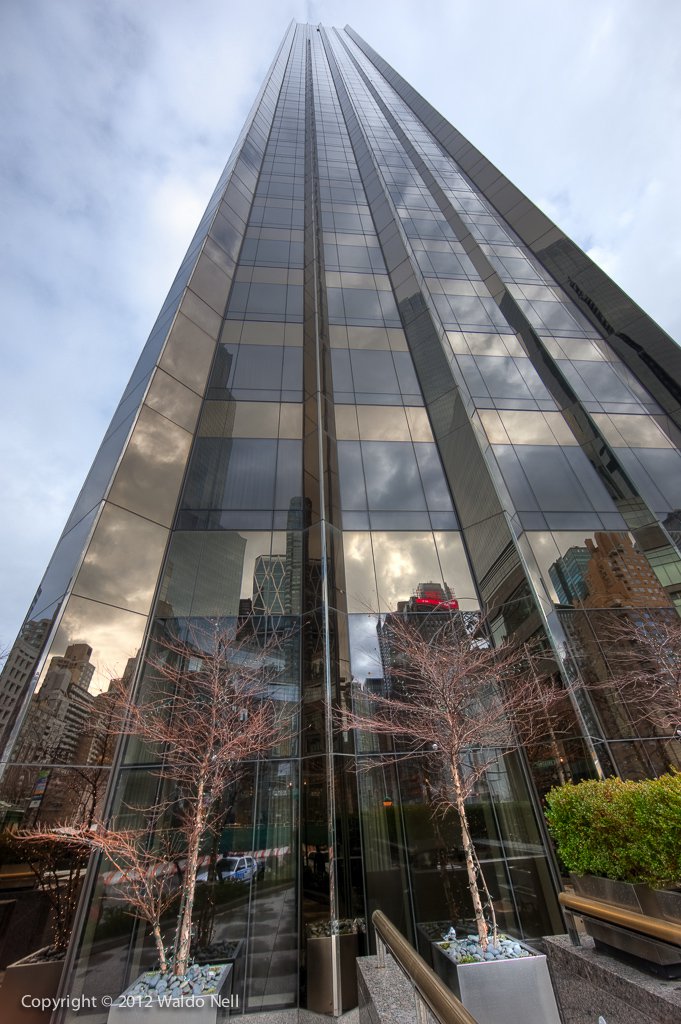
then quickly switch to a 1000mm lens:
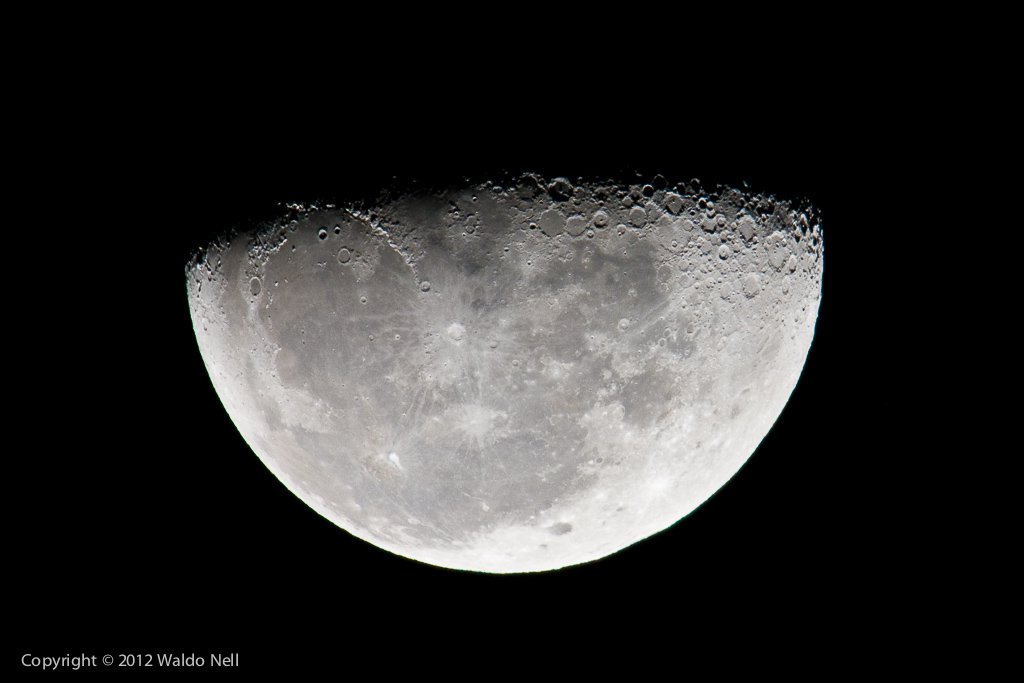
then to 5 times life size
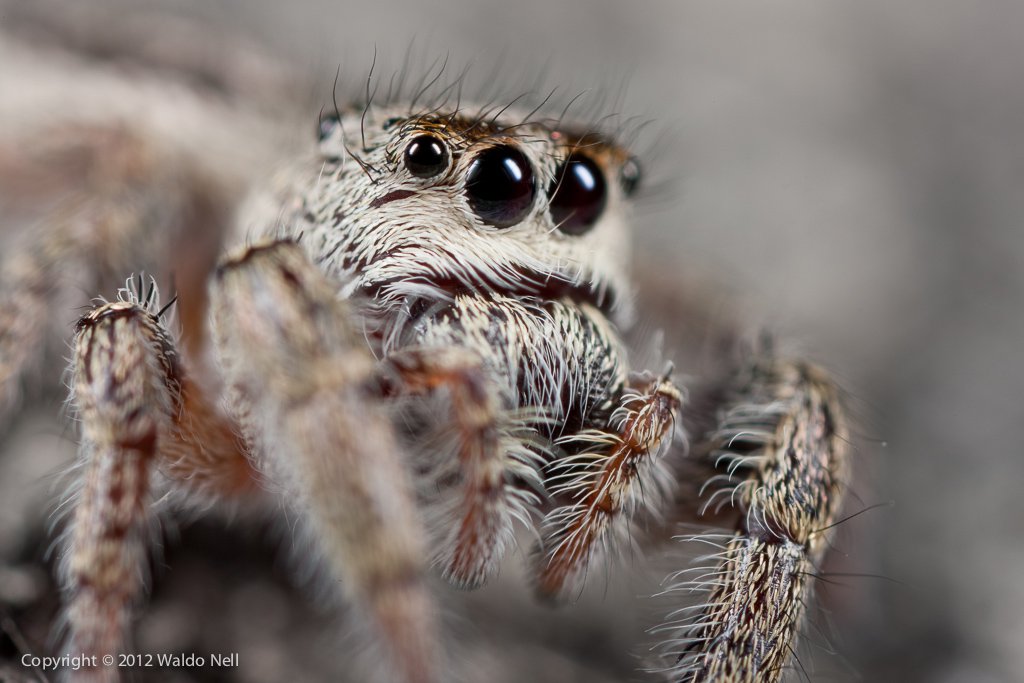
Or I can use a 17mm TS-E lens and correct for distortions in camera:
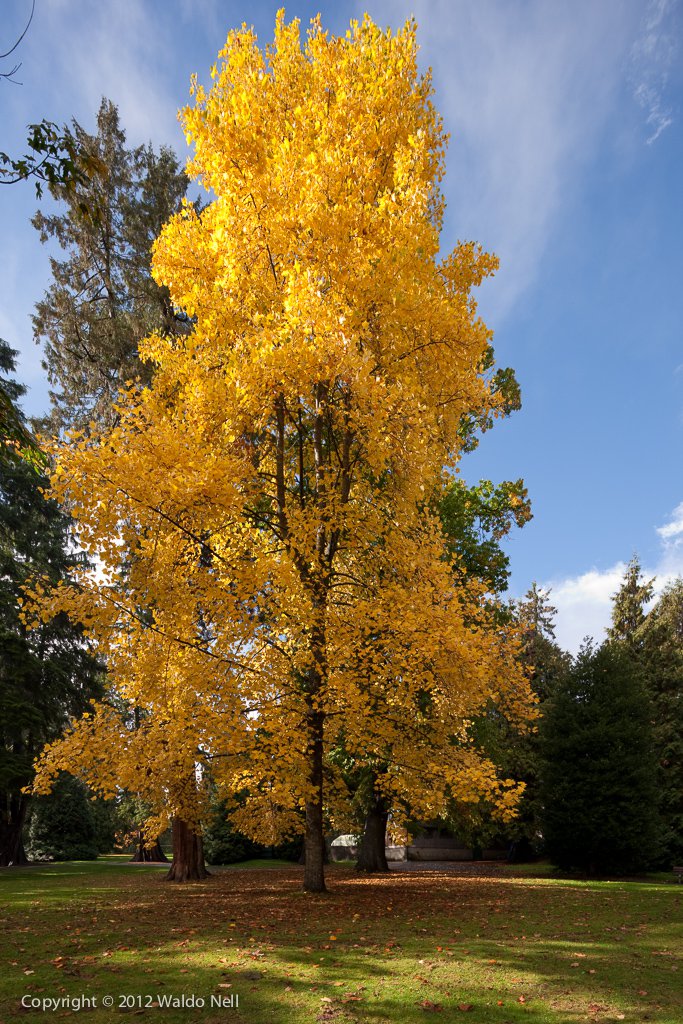
But that brings me to the question of what to do about a portable, carry everywhere camera? I acquired a 15MP Canon G10 after extensive research, and at the time this seemed to be one of the best compact cameras on the market. It had an incredible 15MP resolution, and a lens capable of 28mm - 140mm. At base ISO the camera was as good as I had ever seen a compact digital. Remember this camera still had only a 1/1.7" CCD - the same size as my S602 Zoom. But I can guarantee you these two cameras are not in the same league. Sensor technology has come a very long way since 2003. The camera was really awesome - extremely portable, good battery life and great image quality at base ISO. However, I was unhappy at ISO400 and higher performance. And after starting to pixel peep at 100% magnification I was not happy with the dynamic range. The pixel pitch is 1.7μm, much, much smaller than those on the larger cameras. Here is a photo showing what the G10 could do at base ISO:

Pretty impressive? I think so too. However as I mentioned, after taking a lot of photos with it, I started to become a bit disappointed with the per pixel image quality. It still had that compact digital look to it (more on this i a bit).
So I traded it in and for a week I tried the 12.3MP Nikon D5000 with 35mm F1.8 lens. I liked the camera a lot - it was small(ish), took great pictures but there were two major issues. The first being that lenses for it was not really that much smaller. So if I want to go to a longer or wider lens, I would have needed to use a large lens and have a bulky setup. Secondly, the system did not support high speed sync flash, which basically means I could not use the flash for fill light in bright sunlight, with a large aperture setting. Here is a sample picture at ISO1600:
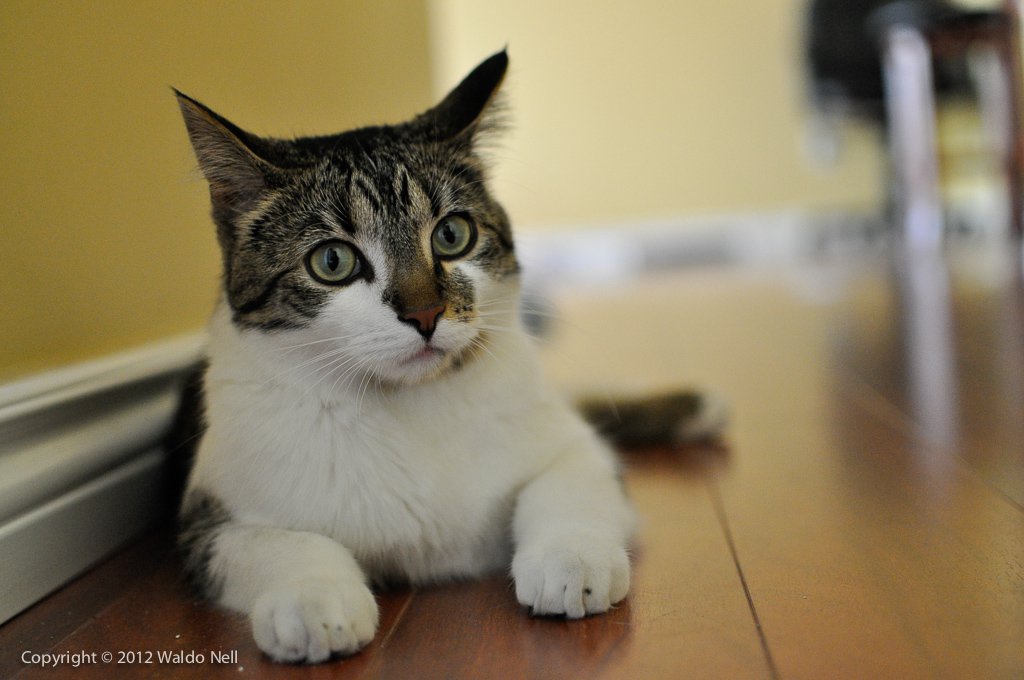
I have not applied any special noise processing apart from the standard settings in Lightroom. Obviously files at ISO1600 are very usable from this outstanding camera. But like I said, I wanted something that could do fill flash at high shutter speeds. London Drugs was nice enough to swop it for me for a 12.3MP Nikon D90, probably one of the best performing DSLR's for its price at that time. The body was surprisingly not much larger than the D5000 - in fact, it felt the same and fitted in the same tiny bag. Since the lenses they use are the same, this did not affect my lens choice. Technically there was absolutely nothing wrong with this camera. It did everything I wanted it to do. There was just one problem. By the time I got it, I missed the reason why I bought it. And that was to act as companion to my 1Ds3 for when I wanted to travel light. The lenses used by the D90 is similar in size to my 1Ds3 lenses (well, the APS-C sized lenses are a bit smaller but not much). So I have two cameras - one with lots of lenses, the other one not so. I found I only shot 577 photos in total with the D90 over a period of 6 months. When I missed some great photo opportunities one day as the D90 plus lenses is just too big to carry everywhere, I realised this was the wrong path. I promptly gave the equipment to my wife to replace her ageing D80. Needless to say she was ecstatic. Here is a photo at ISO800:
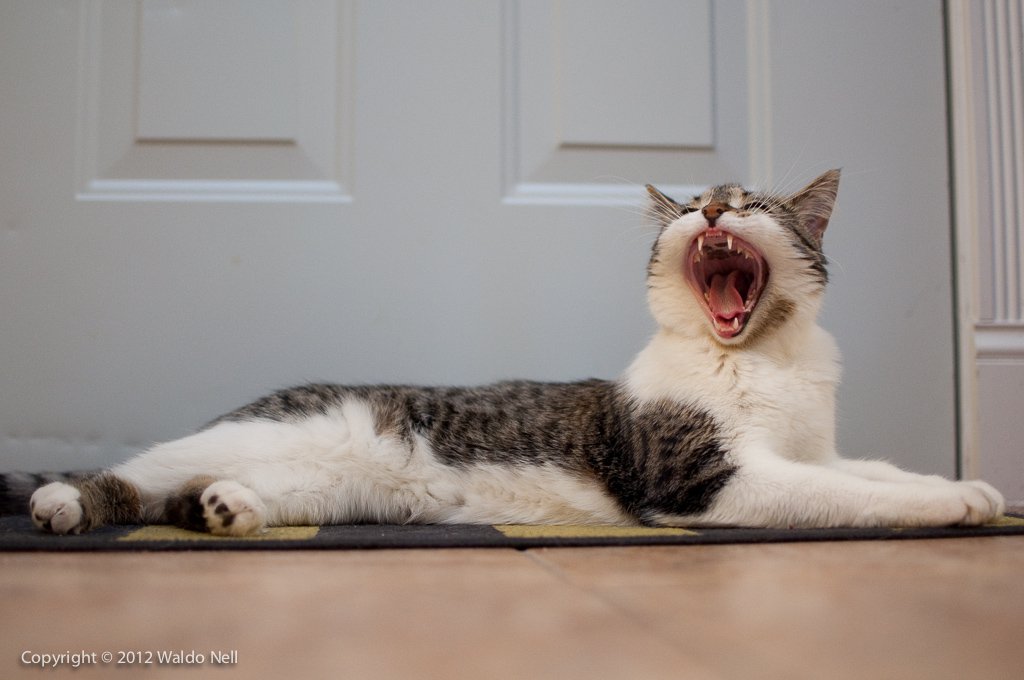
I now only had my 1Ds3 and no companion travel camera. When I started looking at the Canon S90 and the Canon G11 my wife made a good point - why? I would just be disappointed with the image quality and be back to square one. Even though this camera has about a stop better low light performance than the G10, this still means ISO 800 as an absolute upper limit and the per pixel image quality will not be that much better. I played with the S90 for a little bit in one store, but was slightly underwhelmed. So I let it go...
Until about 3 weeks ago when I purchased the 12MP Panasonic Lumix DMC-GF1 Micro Four Thirds camera. Why this camera? Because its performance is much better than the legendary Nikon D80, but it is almost twice as light as the D80, and almost half the volume of the D80. However the big difference is in the lenses. A 20mm F1.7 lens which rivals the 35mm F1.8 lens on the Nikon, weights only 100g - again, half the weight of the 35mm lens. My 45 - 200mm F4 0 F5.6 OIS lens weights 380g - compare that to the 1.3kg the 100 - 400mm F4.5 - 5.6 IS lens from Canon weighs - and to my eyes the image quality is about 80% similar. This means, the 1Ds3 will weight 2.7kg when using the 100 - 400mm lens, but my GF1 only weights 660g, that is 4 times lighter and about 4 times smaller. Exactly what I was looking for. BUT.... How good is the image quality? Well, here is a shot with the 20mm F1.7 lens at ISO 800:
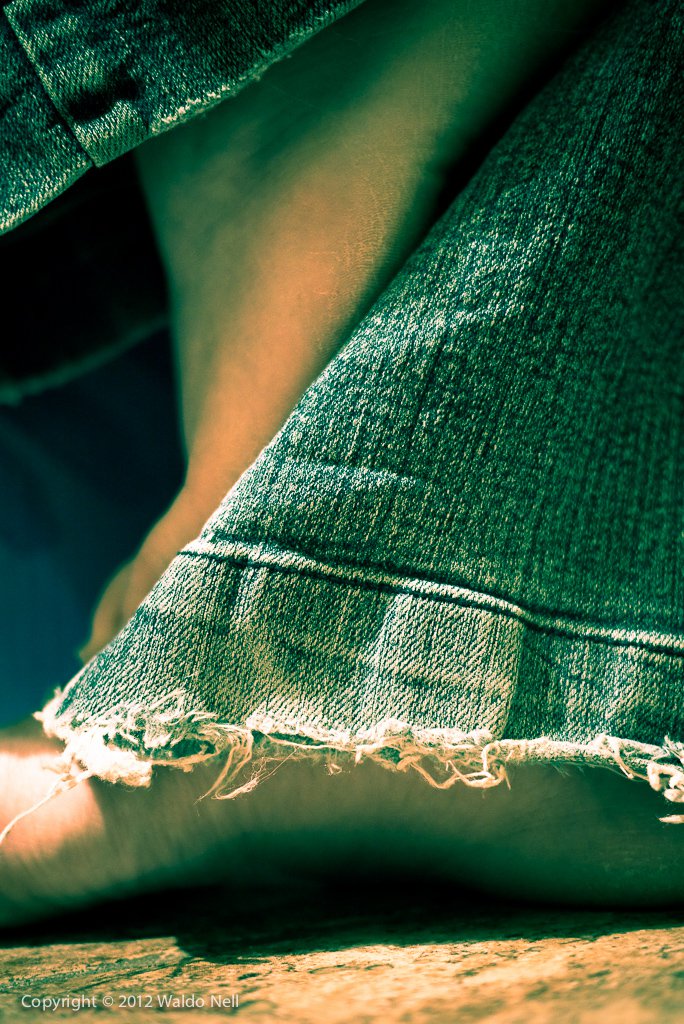
Here is one with the 45 - 200mm lens at base ISO 100:
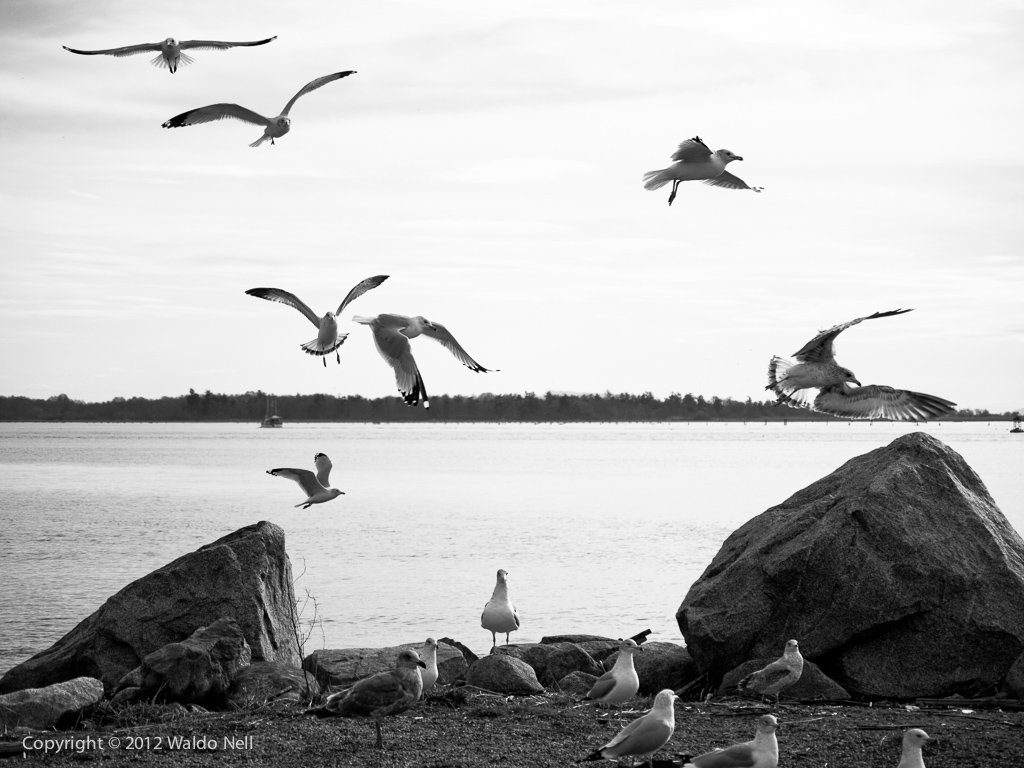
The important thing to take from this photo is the nice dynamic range. The G10 could not do this - the brightness in the sky versus the blacks in the rocks and on the seagulls' wings would not both be captured with the level of detail as above. It still does not match my 1Ds3, but this is the compromise when you opt for portability (and keeping cost in mind - the Leica M9 rivals the GF1 in size and the 1Ds3 in image quality but costs upward of $10000 for a small system). The GF1 definitely has much higher noise levels at ISO 800 and ISO 1600 than the Nikon cameras, but this micro four thirds camera uses a sensor almost 4 times less surface area than a 35mm full frame sensor - still 5 times more surface area than the G10's 1/1.7" sensor. I found that up to ISO 400 images are so clean that I would not have trouble making large 13 x 19" prints. ISO 800 is a bit of a hit and miss. Some photos where fine detail is not crucial looks very good at ISO 800. But details start to suffer. At ISO 1600 one can get perfectly fine photos, but I would not print them any larger than A4.
Apart from high ISO performance issues, there is also a couple of other pains. There is no high speed sync for flash, no optical viewfinder (one can buy a very expensive $200 EVF but it is said not to be very good) as shooting in bright daylight is not easy using the rear LCD viewfinder, bad flare with the 20mm F1.7 when shooting backlit subjects and a fiddly AF point adjustment system - it takes quite some time to adjust the focus point. These things said, there are still plenty of situations where this camera shines. Whether this is the camera to keep I am unsure about. For now I am enjoying it and trying to work around the limitations.
One thing that does work in its favour is that I call the compact camera effect. It is due to the small photo sites found in compact digital cameras. The larger the photo sites the less of an issue this becomes. Look at what I mean. Below are some 100% crops:
This is from the FujiFilm FinePix 2400 Zoom.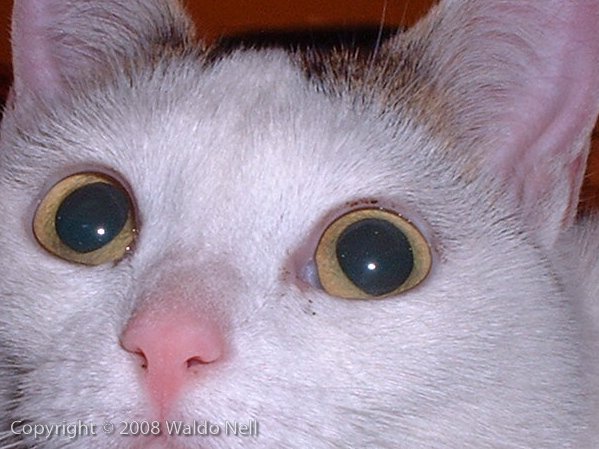
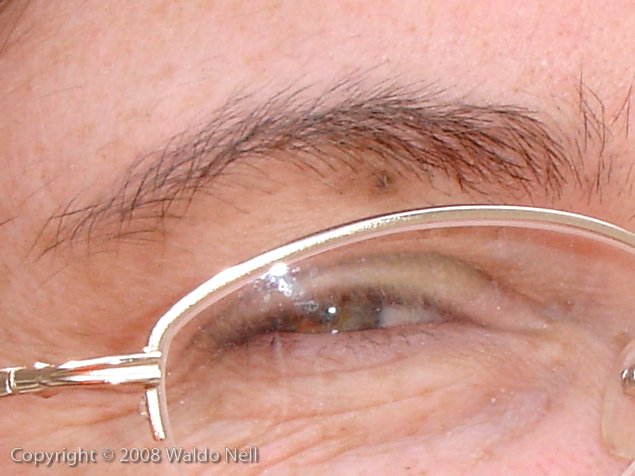
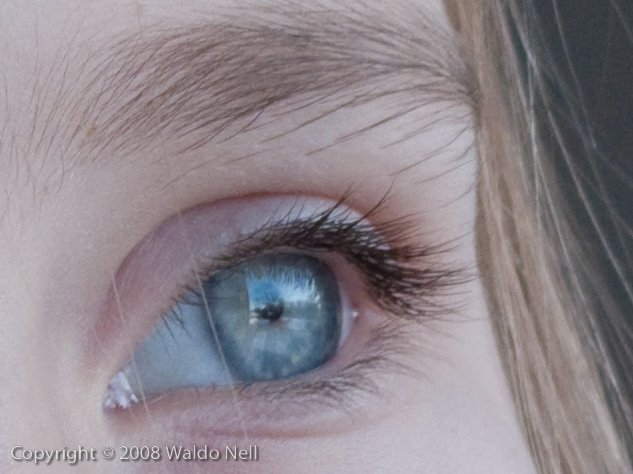
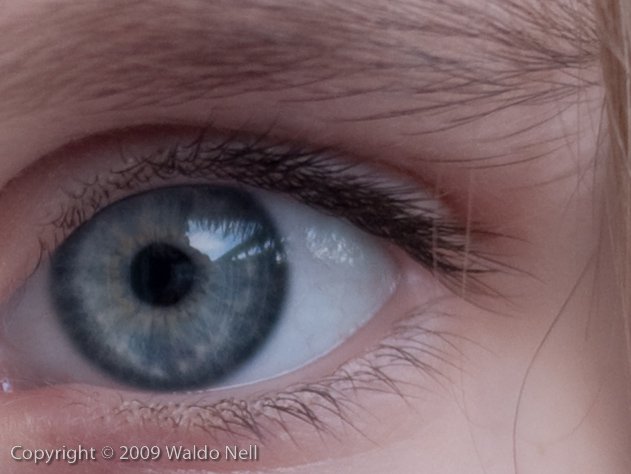
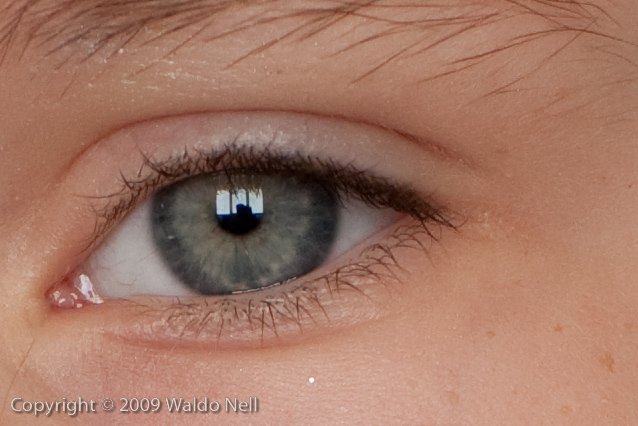
Ignore colour for a moment as my white balance was very different between these shots made over several years. Look at skin tone, detail, contrast and saturation. Also keep in mind the 1Ds3 shot was made at ISO400.
For now my 1Ds3 and GF1 will be my main cameras until such time that something better bites me. The Leica M9 is tempting but not at $10000.